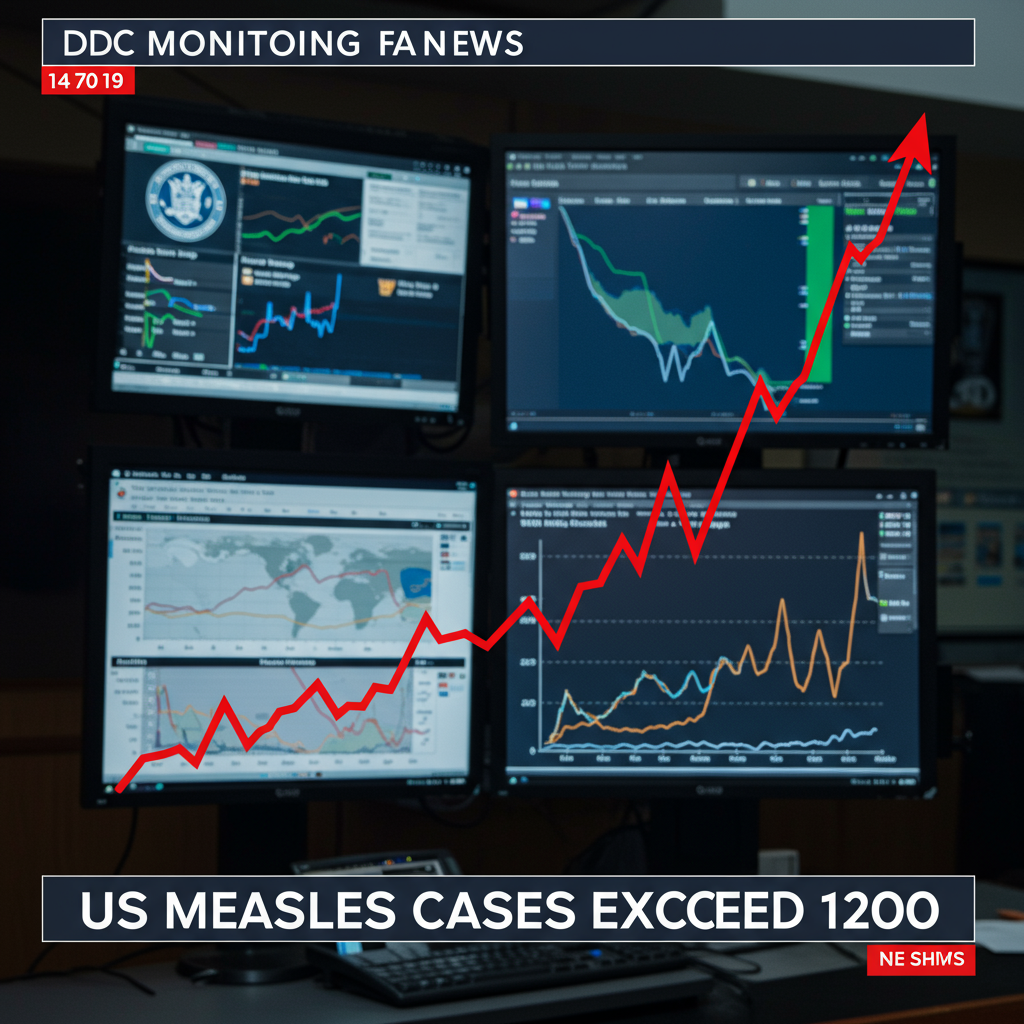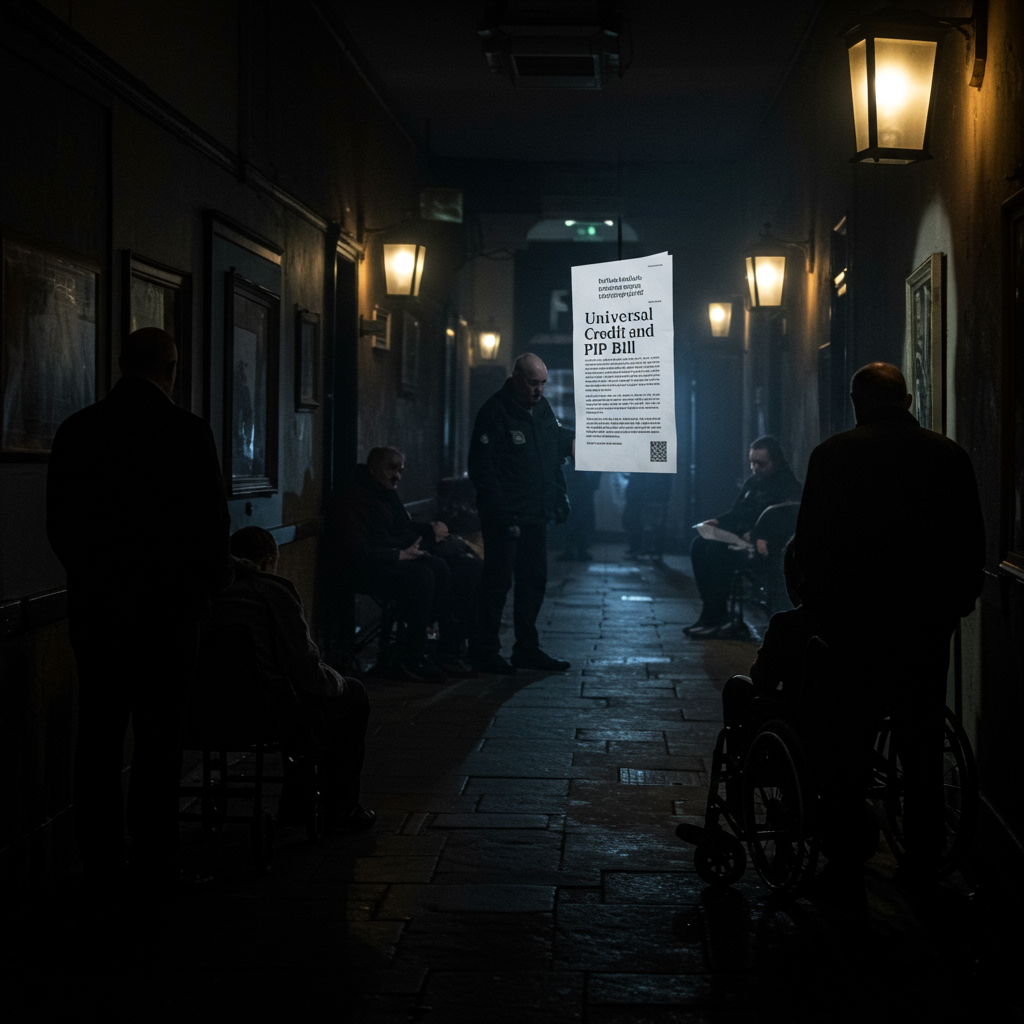The resurgence of measles in the United States continues, with the Centers for Disease Control and Prevention (CDC) reporting a significant jump in cases. In its latest weekly update, the CDC confirmed 17 additional measles infections, bringing the total for the year to 1,214 across 36 jurisdictions. This escalating number pushes the country perilously close to the 1,274 cases recorded in 2019 – currently the highest annual total since measles was declared eliminated in the US in 2000. For context, the US saw only 285 confirmed cases in all of 2024.
While the rate of new cases has slowed slightly since peaking earlier in the spring, the increasing total reflects ongoing transmission driven by outbreaks and imported cases.
Outbreaks Driving the Increase
Outbreaks, defined as three or more related cases, are a major factor in the 2025 surge. The CDC has identified 23 outbreaks so far this year, a notable increase from the 16 reported in 2024. A concerning 89% of all confirmed cases this year are linked to these outbreaks, up from 69% last year. The largest single outbreak continues to be in West Texas, which has accounted for a substantial 750 confirmed cases since late January, impacting multiple counties and significantly affecting undervaccinated communities.
Beyond Texas, numerous other states are grappling with active outbreaks, including Arizona, Colorado, Illinois, Kansas, Montana, New Mexico, North Dakota, and Oklahoma.
Severity and Unvaccinated Status
Measles is a serious illness that can lead to severe complications. Nationwide data shows that 12% of case-patients (146 individuals) have required hospitalization this year. The risk is significantly higher for young children, with 21% of those aged 5 and under needing hospital care. Tragically, three measles-related deaths have been reported in the US this year, all among unvaccinated individuals, including two young children in Texas and an adult in New Mexico.
A critical factor in the spread is vaccination status. An overwhelming 95% of confirmed measles cases this year have occurred in individuals who were either unvaccinated or whose vaccination status is unknown.
Declining Vaccination Rates Fueling Vulnerability
Maintaining measles elimination status requires high vaccination coverage, specifically 95% or higher, to achieve herd immunity and prevent widespread transmission. However, recent data reveals a concerning trend of declining vaccination rates across the US.
CDC data shows that during the 2023-2024 school year, MMR (measles, mumps, and rubella) vaccine coverage among US kindergartners fell to 92.7%.
A recent study published in JAMA found that MMR vaccination rates have dropped in 78% of US counties since the beginning of the COVID-19 pandemic.
This decline creates pockets of unvaccinated or undervaccinated individuals, making communities vulnerable to outbreaks, especially when measles is imported.
Travel-Linked Exposures and State Updates
With increased global travel, measles is frequently brought into the US by unvaccinated individuals returning home. This leads to potential exposures in public places and transportation hubs, sparking new chains of transmission across the country. Health officials are actively tracking travel-linked cases that have led to potential exposures at airports like Dulles (Virginia), Logan (Boston), and Phoenix Sky Harbor, as well as on public transport and in local businesses in various states.
Among the latest states to report new cases are Georgia and Iowa.
Georgia: The state confirmed its sixth measles case of the year. The new case involves an unvaccinated individual who is a family member of a previously confirmed case from May. Health officials reported the person was quarantined at home with no known public exposures. The Georgia Department of Health emphasized the safety and effectiveness of the MMR vaccine as the best protection against measles.
Iowa: Johnson County Public Health reported three new measles cases, bringing the state’s total for the year to six. These cases occurred in two unvaccinated children and an unvaccinated adult who are household contacts of another unvaccinated child who contracted measles during international travel. Officials stated the individuals are stable at home and no further public exposures are expected.
These reports underscore how easily measles can spread within unvaccinated networks, often originating from international travel.
Protecting Against Measles
Measles is caused by a highly contagious virus spread through the air when an infected person coughs or sneezes. It can remain infectious in the air and on surfaces for up to two hours after the infected person leaves an area. Symptoms typically include high fever, cough, runny nose, red and watery eyes, followed by a characteristic rash.
The measles, mumps, and rubella (MMR) vaccine remains the most effective way to prevent this serious disease. Two doses are 97% effective, and one dose is 93% effective, providing long-lasting protection. Public health experts urge anyone who is unvaccinated or unsure of their status, especially those planning international travel or living in communities with lower vaccination rates, to get vaccinated to protect themselves and prevent further spread.




